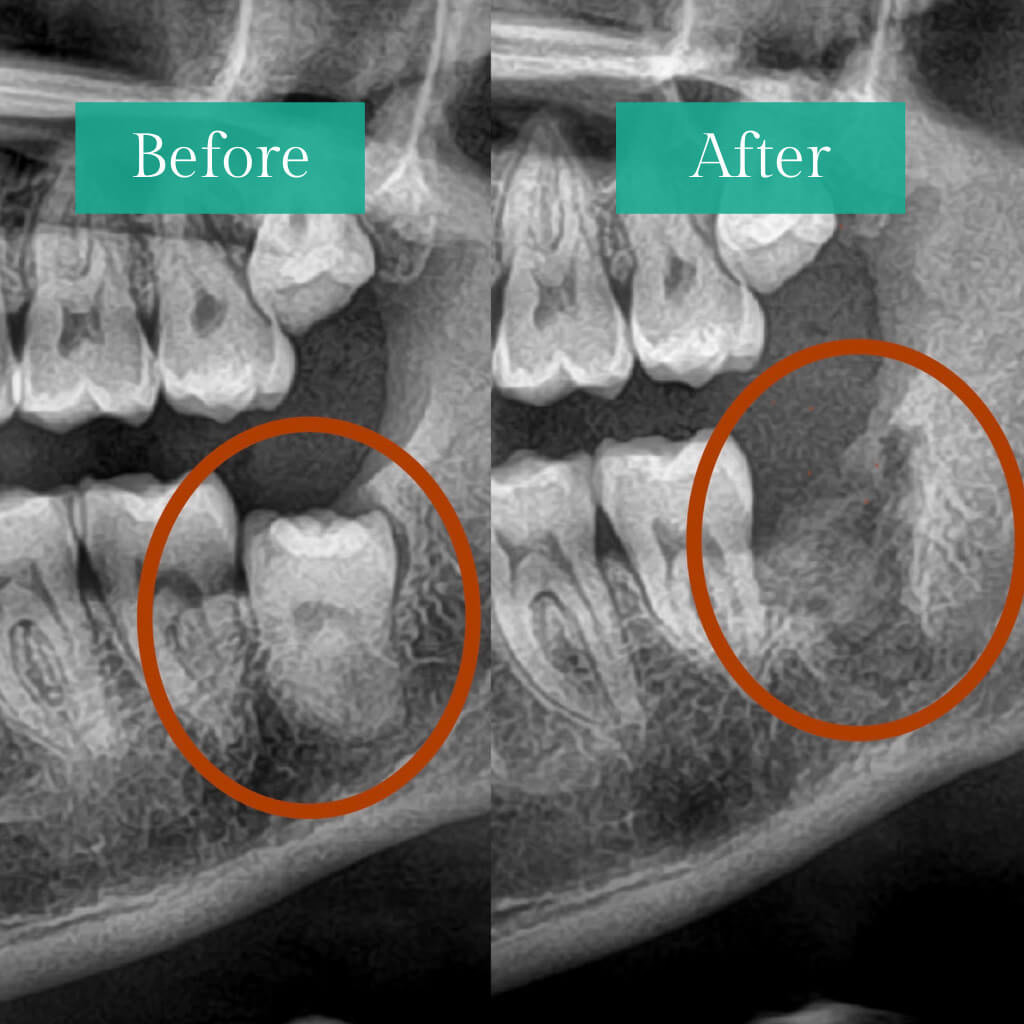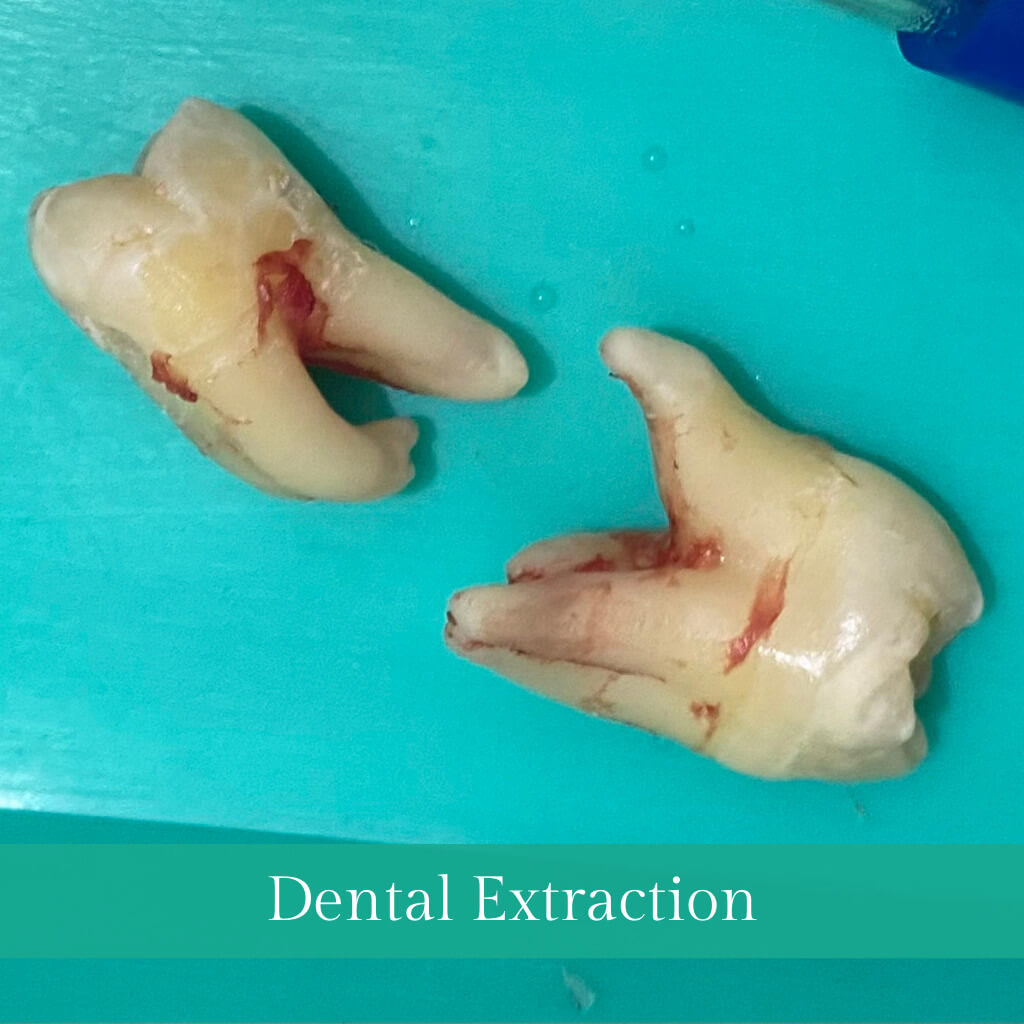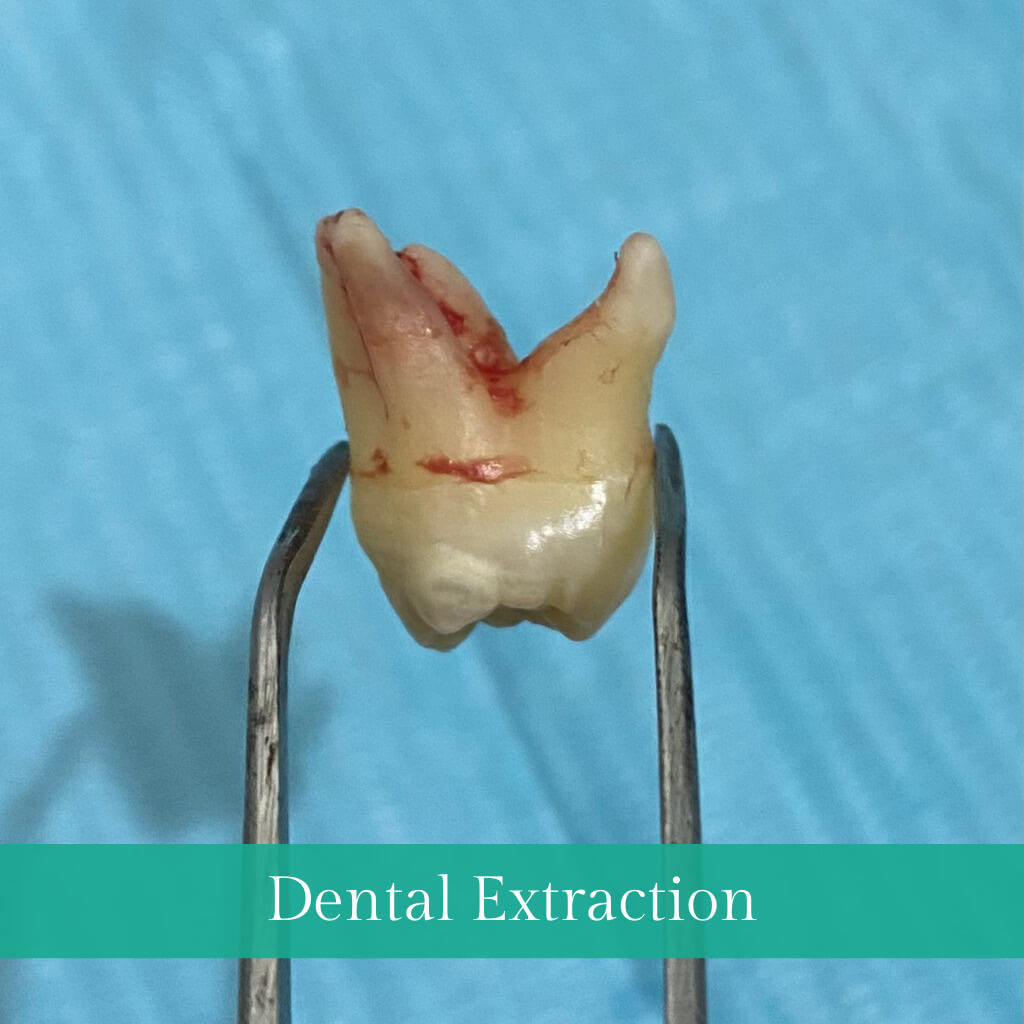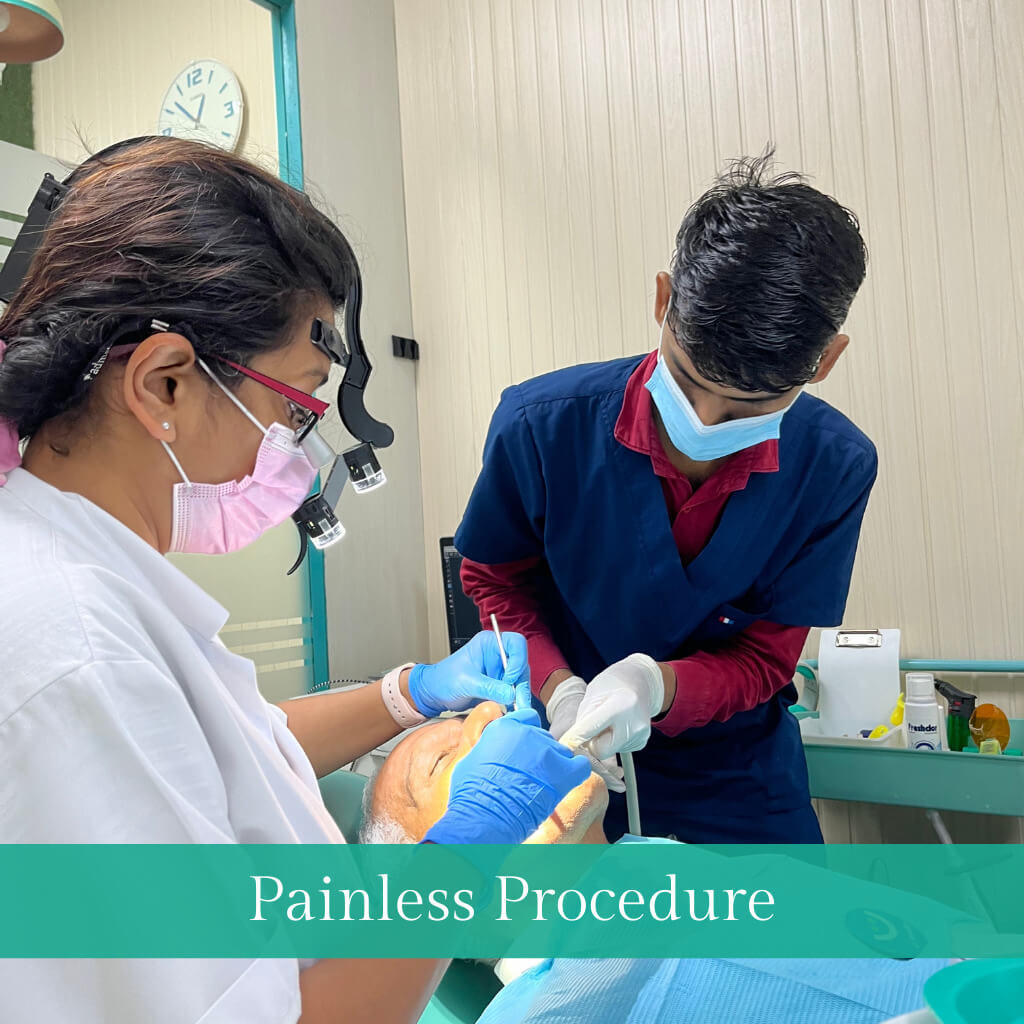
Tooth extraction is a routine dental procedure in which a tooth is carefully removed from its socket in the jawbone. Tooth Extraction is recommended only when a tooth is severely damaged, decayed, or unable to be saved through other dental treatments. Additionally, tooth extraction may be necessary to create space for orthodontic treatment or to address impacted (stuck inside the bone or gum) wisdom teeth.
In certain situations, tooth extraction is essential to relieve pain and discomfort caused by dental issues. Rest assured that your dentist will take all necessary precautions to ensure a successful and comfortable tooth extraction experience.
When is Tooth Extraction Necessary?
In certain instances, teeth that have incurred damage from decay or breakage can be restored through dental procedures such as fillings or crowns. However, there are cases where the damage is too extensive to be repaired, and your dentist advises the removal of the tooth.
Here are some reasons why Tooth Extraction might be necessary
- Severely damaged or decayed tooth
- Infection or abscess
- Overcrowding of teeth
- Impacted wisdom teeth
- Preparation for orthodontic treatment
- Preparation for dentures or dental implants
How is a tooth extraction procedure conducted?
Assessment
The dentist evaluates the tooth's condition and surrounding tissues using X-rays, considering potential complications.
Anaesthesia
Local anaesthesia is administered to numb the tooth area; sedation may be used for relaxation.
Extraction
Dental instruments like forceps gently remove the tooth from its socket, sometimes requiring division for ease.
Closure (if needed)
Stitches may close the socket, aiding healing, particularly after complex or impacted tooth extractions.
Aftercare
Post-extraction care instructions include biting gauze to manage bleeding, dietary adjustments, and medication if prescribed.
Healing
Healing begins in days; a protective blood clot forms, covered by growing gum tissue. Proper oral hygiene and follow-ups aid recovery.
Aftercare Tips
Post-tooth extraction, essential aftercare involves maintaining cleanliness to prevent infection.
Immediately post-procedure, biting on sterile gauze for 30 to 45 minutes curbs bleeding and promotes clotting.
Detailed aftercare guidelines from your dentist are crucial, with the initial 24 hours involving no smoking, vigorous rinsing, or cleaning near the extraction site.
Expect some discomfort post-extraction; your dentist might advise or prescribe pain relief.
Ice application minimises swelling; avoid intense activity, hot beverages, and straw use.
Discomfort typically diminishes within 3 days to 2 weeks, but enduring severe pain, swelling, bleeding, or fever warrants immediate dentist contact.
| Myth | Fact |
|---|---|
| Tooth extraction is painful. | NO! Once the anaesthetic solution is injected into your gums, you will not feel any pain or discomfort while the doctor removes your tooth. After the procedure is done, you will be prescribed analgesics to manage pain for the next few days. |
| My eyesight will become weak if I get an upper tooth. | NO! The nerves responsible for vision are different from the nerves supplying your teeth. Removal of tooth/ teeth has NO impact on eyesight. |
| There will be swelling after tooth removal. | Sometimes – Yes. While regular removal of teeth does not entail swelling as an aftermath, in cases where the tooth is trapped inside the bone / impacted due to the need for removal of bone, there might be some post-procedural swelling. This swelling typically lasts for 2-4 days and can be managed with medication. |
| I cannot eat solid food after tooth removal. | YES and NO. Depending on the tooth removed and the way it was removed, you may have to do some dietary modifications for some time. Soft diet/semi-solid foods are advised for the first 24 hours as they give rest to the wound site and help in faster recovery. Eating ice creams is also recommended for the first 24 hours after extraction. |
| There is no need to replace a lost tooth after removal. | Tooth replacement is an ABSOLUTE MUST. Once a tooth is extracted, there is a space created in the jaw bone. The adjacent and opposing teeth try to move into that space, thereby creating mal-occlusion and problems in those teeth. |
To know about the experience of dental extraction, read what our patients have to say; click here!





